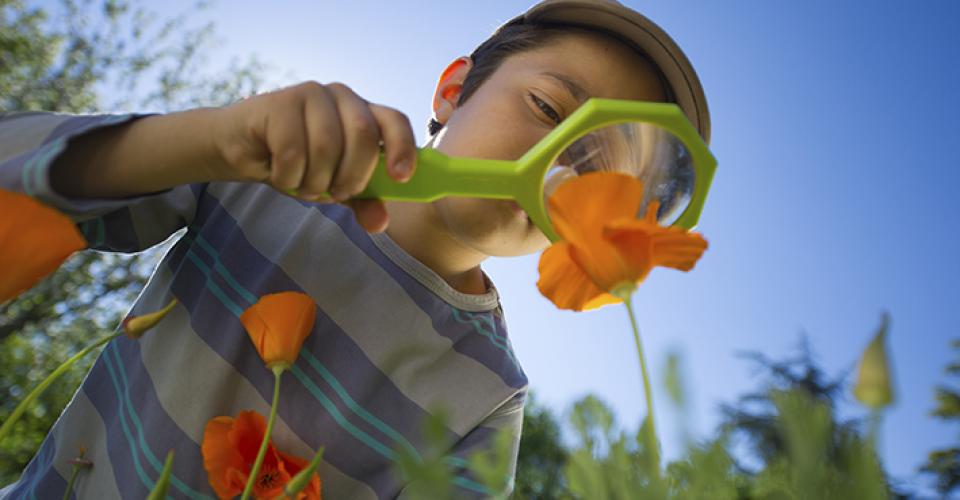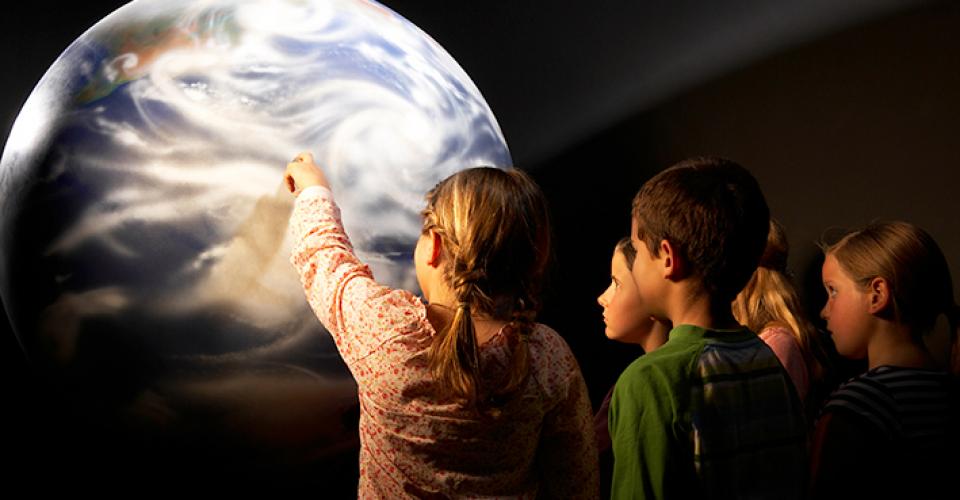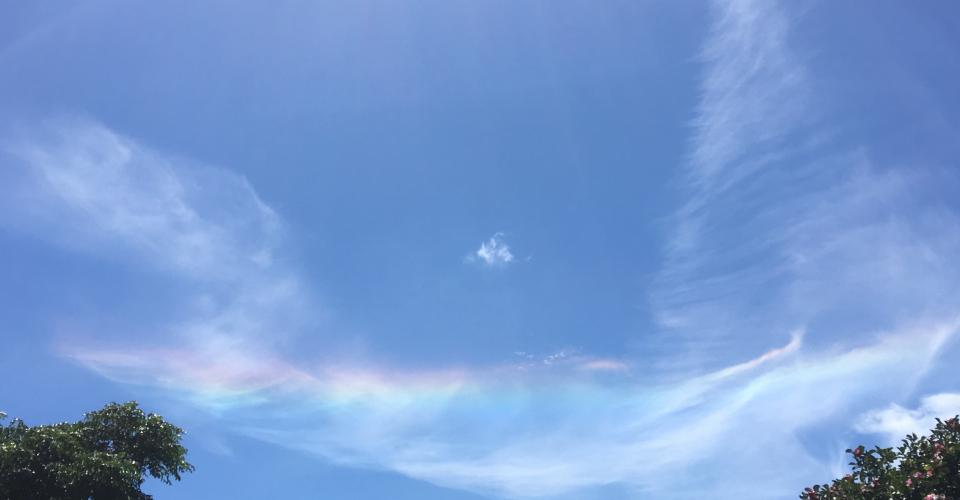Science fairs and NoS
15/10/2012Science fairs provide a mechanism to meet all of the objectives of the Nature of Science (NoS) strand in the curriculum, writes Paul King.
Five years ago, St Bernard’s College (Lower Hutt) held their first Junior School Science Fair (Years 7 to 10). The judging did not take long. There were about 50 exhibits featuring grubby model volcanos, dense printouts of Wikipedia articles and wardrobes of burnt cloth (setting fi re to stuff remains a great favourite). Only half a dozen projects stood out from the prevailing disinterest. Most students had chosen not to participate; most staff had been reluctant to undertake the ‘extra’ work.
Five years later, there are more than 200 exhibits. That means every student is involved. The school has gathered sufficient recyclable 2 and 3 panel display boards so the packed display area is neat and efficient. A system of plentiful awards and simple prizes has been worked out. The staff and the students know and accept as routine that at a certain time of the year, Science Fair work will be what they are doing. And they are doing it so much better.
This year I noticed that data gathering and data presentation are the order of the day, with conclusions, references and thanks to the staff, friends and family who helped. Here are some examples of projects in this year’s fair:
- There were a lot of agar fuelled bacterial colonies as students searched their surroundings for highs and lows in germ counts. The spark of difference was provided by the student who tested his dog’s teeth scrapings and was surprised with the resulting high bacteria count.
- Flight characteristics of (folded) paper planes are favourite investigations for students who leave their effort until the last minute. Lack of consistency in launch effort has meant that this topic has always been marked down, but at last one student taped a thin wire hook to the nose enabling repeatable results (and demonstrating the understanding that is the aim of the whole exercise).
- Another simple investigation was popular and should join the list of all schools’ “Do this for homework”. Measure the bounce height of a ball, with the ball at room temperature, at a cold/freezer temperature, and at a specified hot water temperature. The reports on this investigation indicated interest, enjoyment, and students gain an understanding of kinetic theory.
Establishing a tradition of science fairs seems, in this one case, to me (a science fair judge), to have been well worth the effort. Persistence has paid off and all the hard to judge skills, attitudes and values required in the Nature of Science strand can now be evaluated. And the classes have enjoyed themselves.
For further information please contact: dhousden@xtra.co.nz

























Post your comment
Comments
No one has commented on this page yet.
RSS feed for comments on this page | RSS feed for all comments